Whether you’re a history buff, an adventure junkie, or a dedicated foodie, Vietnam will not disappoint. From Hanoi and Sapa in the north to Ho Chi Minh and Phu Quoc Island in the south, there are things to do nearly every step of the way.
Just make sure you’re prepared for your trip – and that means bringing all the essentials, like your camera, Kindle, and the right US-to-Vietnam power adapter to plug them all in. You don’t want to risk damaging your electronics by arriving unprepared with the wrong equipment. So use this quick guide to learn the basics and pack like an expert!




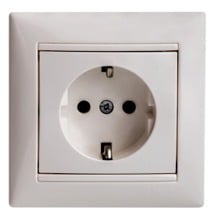
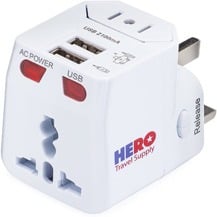


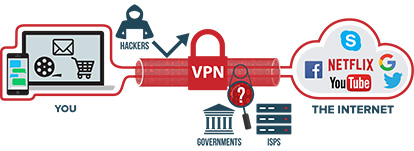
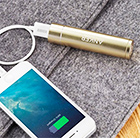


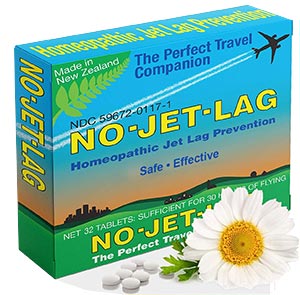
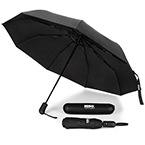
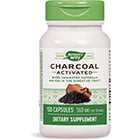
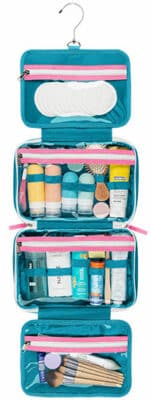
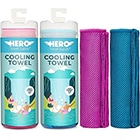


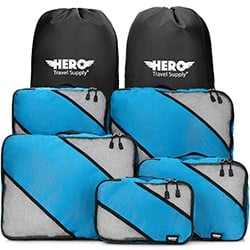
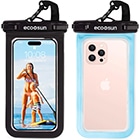
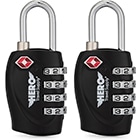
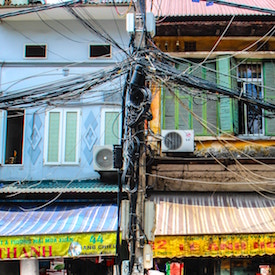
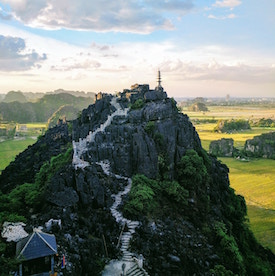 The best time of year to go to Vietnam depends on what part of the country you’re visiting. Northern Vietnam is most pleasant in late-fall and early-spring when the weather is more temperate. In the central part of the country, January and February are usually the best months, just after the rains have ended. Southern Vietnam will be steamy whenever you visit, but fall is the beginning of the dry season, making it the best time to go.
The best time of year to go to Vietnam depends on what part of the country you’re visiting. Northern Vietnam is most pleasant in late-fall and early-spring when the weather is more temperate. In the central part of the country, January and February are usually the best months, just after the rains have ended. Southern Vietnam will be steamy whenever you visit, but fall is the beginning of the dry season, making it the best time to go. For an introduction to the city, join a tour with Hanoi Free Walking Tours, and save time to wander the Old Quarter on your own as well. Hanoi’s top attraction is Ho Chi Minh Mausoleum, where you can view Ho Chi Minh’s embalmed body if you’re so inclined. Another popular spot is Ngoc Son Temple, which sits in the middle of Hoan Kiem Lake, a great spot for enjoying nature in the middle of the city.
For an introduction to the city, join a tour with Hanoi Free Walking Tours, and save time to wander the Old Quarter on your own as well. Hanoi’s top attraction is Ho Chi Minh Mausoleum, where you can view Ho Chi Minh’s embalmed body if you’re so inclined. Another popular spot is Ngoc Son Temple, which sits in the middle of Hoan Kiem Lake, a great spot for enjoying nature in the middle of the city. Because Vietnam covers such a big distance, travelers wanting to visit more than one area often fly. Domestic flights will be under two hours, and tickets are usually very affordable. Vietnam also has an extensive rail system, and lovers of train travel will probably be intrigued by the 32-hour trip between Hanoi and Ho Chi Minh. The air-conditioned cars are very comfortable, and the trains are safer and more secure than the bus.
Because Vietnam covers such a big distance, travelers wanting to visit more than one area often fly. Domestic flights will be under two hours, and tickets are usually very affordable. Vietnam also has an extensive rail system, and lovers of train travel will probably be intrigued by the 32-hour trip between Hanoi and Ho Chi Minh. The air-conditioned cars are very comfortable, and the trains are safer and more secure than the bus.